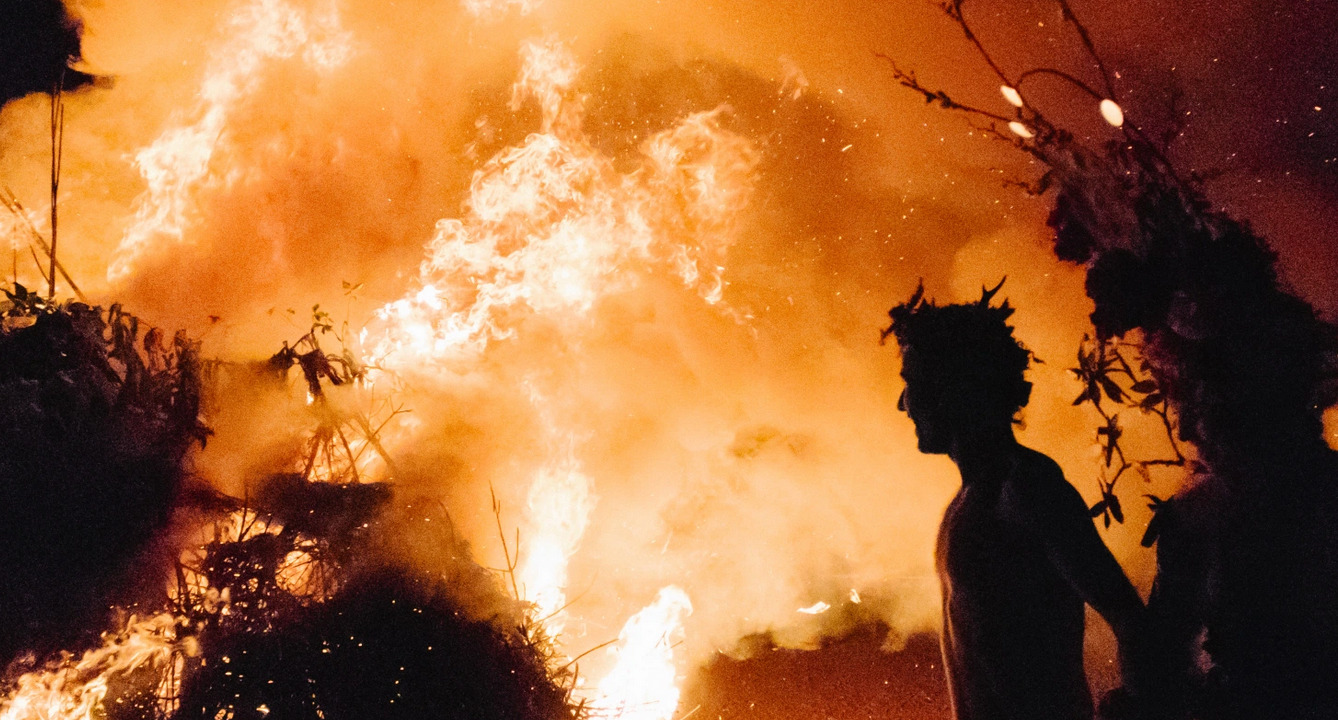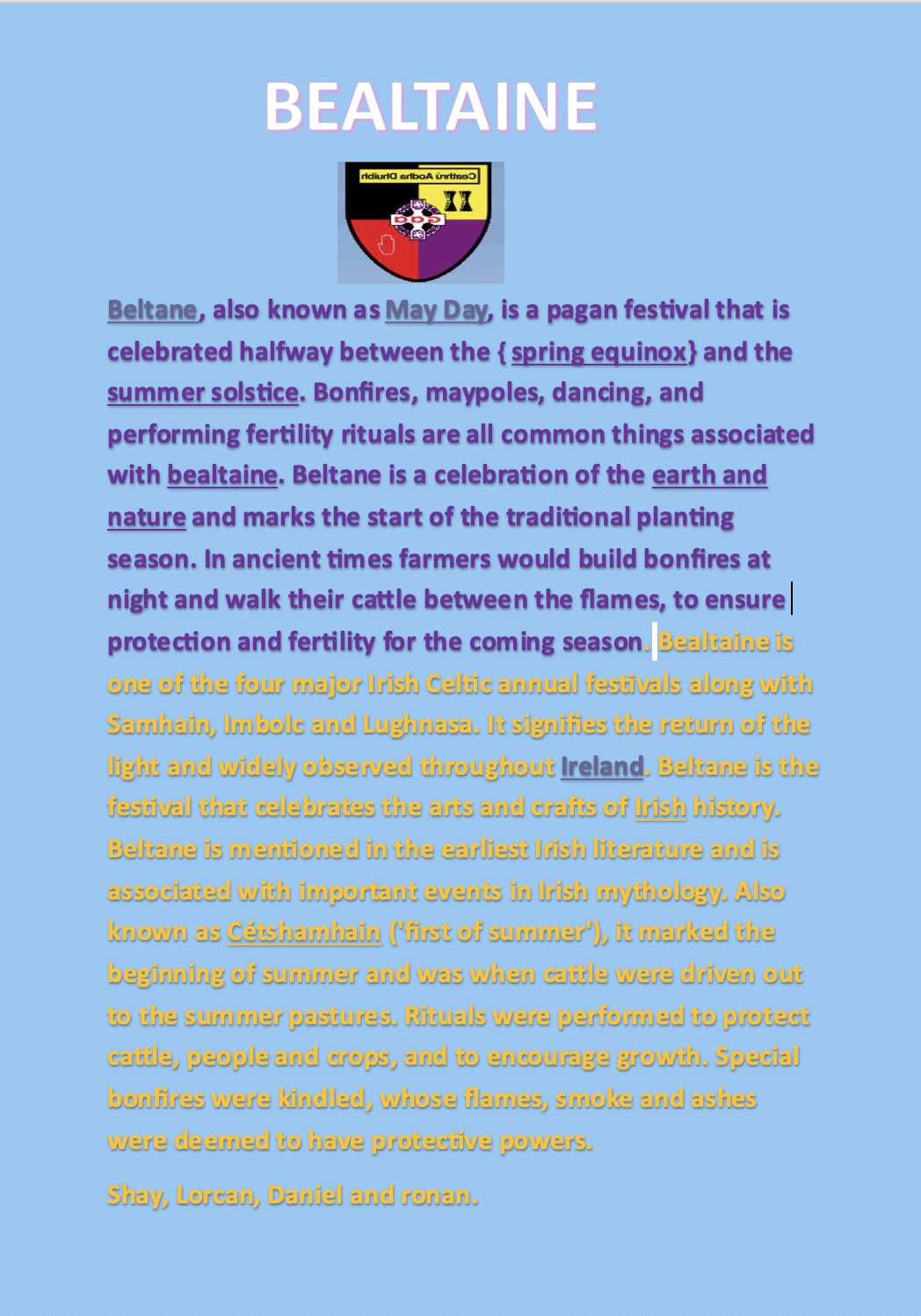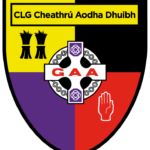We’re delighted to launch our Bealtaine (👂), page, produced in conjunction with Miss Campbell’s and Mr Burns’ 2023/2024 P7 pupils, from St Joseph’s Primary School in Carryduff. Just click on the word before the👂, to hear how it’s pronounced in Irish. This “Four Seasons Project” was funded through an Ultach Fund grant to Carryduff GAC.
If you’d like to hear our Primary School children, Shay, Lorcan, Daniel & Ronan telling you about Bealtaine, just click on the 👂 below.
Bealtaine, an Irish Festival (👂).
Bealtaine (👂), also known as May Day, is a pagan festival that is celebrated halfway between the Spring equinox (lá leathach 👂) and the summer solstice. Bonfires, maypoles, dancing, and performing fertility rituals are all common things associated with Bealtaine. This festival is a celebration of the earth and nature and marks the start of the traditional planting season. In ancient times farmers would build bonfires at night and walk their cattle between the flames, to ensure protection and fertility for the coming season.
Bealtaine is one of the four major Irish Celtic annual festivals along with Samhain, Imbolc and Lughnasa which occur during the other seasons (👂séasúr). It signifies the return of the light and widely observed throughout Ireland. Bealtaine is the festival that celebrates the arts and crafts of Irish history. Beltane is mentioned in the earliest Irish literature and is associated with important events in Irish mythology (👂miotaseolaíocht). Also known as Cétshamhain or ‘first of summer’, it marked the beginning of summer and was when cattle were driven out to the summer pastures. Rituals were performed to protect cattle, people and crops, and to encourage growth. Special bonfires (👂tine chnámh) were kindled, whose flames, smoke and ashes were deemed to have protective powers.
by Shay, Lorcan, Daniel and Ronan
Miss Campbell’s P7 Class (2023/2024),
St Joseph’s Primary School, Carryduff.









